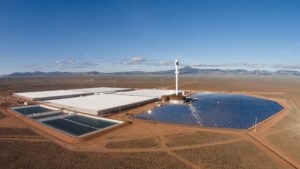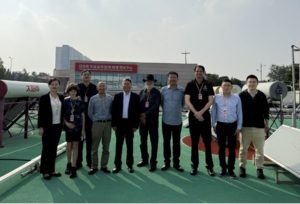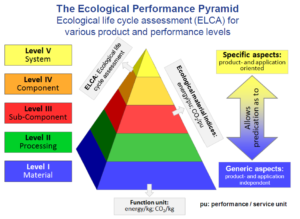How can the grid load of PV water heating systems in Australia be minimized?
January 16, 2024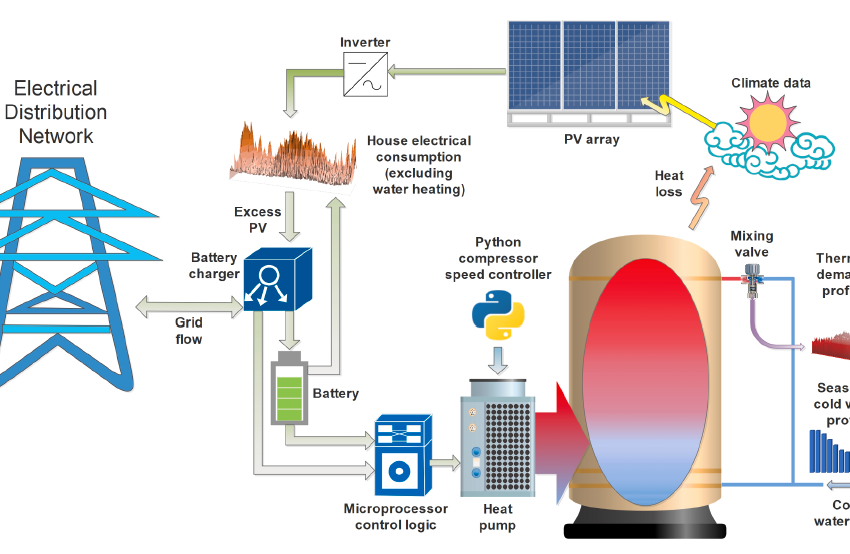
During the Asia-Pacific Solar Research Conference in December in Melbourne, Australia, the IEA SHC Task 69 Solar Hot Water for 2030 team organized a Special Session on PV water heating systems. The session, entitled Key Considerations for the Adoption of PV Water Heaters featured Dean Clift, who recently finished his PhD at RMIT University. Clift shared some recommendations on how PV water heating systems can be designed and operated to reduce peak loads in the public grid and to provide the most value for households. This presentation was the culmination of several years of Clift’s efforts both as a researcher at RMIT University and as an R&D Manager at water heater manufacturer Rheem. One of his conclusions: In the Australian context, a 6.6 kWp PV generator together with an heat pump and simple timer can reduce the total household 10-year electricity costs for the hot water system (capital and usage) by 27 %. The scheme above shows the complex interaction that occurs when PV water heating is integrated with the public grid.
Scheme: RMIT University
“We had a great in-person session during the Asia-Pacific Solar Research Conference, bringing together researchers and stakeholders from Australian industry including representatives from hot water equipment manufactures and electrical network service providers”, said Robert A. Taylor, Co-Task Manager of IEA SHC Task 69 and initiator of the workshop. “We were able to showcase some best-practice examples of how smart PV water heaters can be configured and operated to significantly reduce peak loads.”
Clift started his presentation with a snapshot of water heating in Australia — which, as in most developed countries, accounts for around 25 % of household energy consumption. Therefore, getting to a 100% renewable grid will be impossible without considering domestic hot water. Although Australia has a relatively low population, its 10.9 million homes consume 16.7 TWh of thermal energy for hot water per year (about 10% of Australian electricity usage). The current fleet of electric storage water heaters represents a massive 10.8 GW controllable load, said Clift.
Clift’s simulations were performed within the Australian national electricity market, with a focus on South Australia, which has the highest penetration of rooftop PV anywhere in the world, heading for 1 kWp /capita. “In this leading region you can show interesting trends that can become pilot projects for what will be available elsewhere,” Clift said.
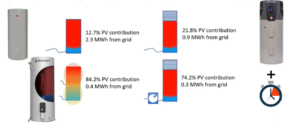
Figure 1: Different PV water heating devices and control strategies and their PV self-consumption rates. Source: RMIT University
Clift’s first focus was on optimizing the self-consumption of PV electricity for water heating in households without batteries (see Figure 1), an area where “there is a high interest from scientific and industry colleagues in our group within Task 69 to investigate different control strategies for PV water heaters and their impact on national grids,” explained Clift, who co-leads subtask C on Solar Photovoltaic Hot Water Systems within Task 69.
According to simulations, a standard electric water heater gets only 12.7 % of the electricity it uses from the PV electricity produced on the roof of the private household. When both water heater design improvements and intelligent control are combined, the humble storage electric water heater can reduce the annual grid electrical load to 0.4 MWh, with 84.2 % of the electricity demand for water heating originating from a 3.6 kWp PV generator on the homeowner’s roof.
Such improvements were only possible with the inclusion of dual heating zones, and modulation of immersion elements, according to Clift. This allowed preferential heating in the upper portion of the tank to reduce emergency heating via the public grid, whilst also utilizing the full capacity of the tank for optimum thermal storage capacity. The control strategy guaranteed uninterrupted thermal supply to the house as well as meeting Legionella sanitation requirements, whilst scavenging any excess PV available from a modest grid-integrated 3.6 kWp PV array.
He compared these results with a system using an integrated air-source heat pump, which adds cost and complexity but enables the hot water electricity consumption to be reduced to as little as a third of that of a standard electric water heater. Clift suggested that from the homeowner’s point of view, a simple timer with a heat pump is extremely effective, essentially reducing the grid draw to be comparable with the sophisticated, dual-zone storage electric water heater discussed above.
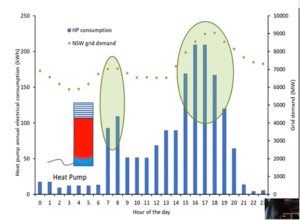
Figure 2: Most heat pumps for domestic hot water operate during peak load hours over the day Source: RMIT University
“The biggest battery we’ve got in Australia is the collective control of our humble water heaters at home”
From the perspective of the utility company, however, things look significantly different. As the penetration of heat pump water heaters increases, timers may be critical in maintaining grid power quality. As shown in figure 2, a heat pump without incremental timer control tends to lead to the highest electrical consumption in times of grid peak demand. To help manage the grid, it may be advantageous to add variable capacity heat pumps, electrical batteries, and the ability to aggregate and control such systems centrally or via a local, mini-grid. This type of advanced system could reduce grid consumption by a further 28 % compared to using standard heat pumps.
As we look forward to the adoption of PV water heating systems, Clift made the following points:
- Water heaters can interact positively with the grid to substantially increase network PV self-consumption, subsequently increasing the ability of our existing grid infrastructure to adopt renewable energy and retire fossil fuel generators. However, we must carefully consider their optimal configuration (resistance heating vs. standard heat pumps vs. variable-speed heat pumps and the inclusion of batteries and advanced control schemes).
- In the Australian context, a 6.6 kWp PV generator together with an heat pump and simple timer can reduce the total household 10-year electricity costs for the hot water system (capital and usage) by 27 %.
- The inclusion of batteries in such systems was not found to be cost effective given the high capital costs. Effective and simple exploitation of inherent thermal storage in water heaters leaves little need for battery energy storage. The decision to use batteries, which can reduce household grid consumption by around 80% is independent from water heating delivery.
- At present, the optimum consumer cost solution for heat pumps uses a fixed-speed heat pump with a simple timer. However, as capital costs of variable-speed heat pumps reduce, this may rapidly change.
Ultimately, the special session indicated that we cannot afford to forget about hot water systems, because as Clift says, “the biggest battery we’ve got in Australia is the collective control of our humble water heaters at home”.
Websites of organizations mentioned in this news article:
IEA SHC Programme: https://www.iea-shc.org/
IEA SHC Task 69: Solar Water Heaters for 2030: https://task69.iea-shc.org/
Asia-Pacific Solar Research Conference: https://apvi.org.au/solar-research-conference/
Rheem: https://www.rheem.com.au/rheem/
RMIT University: https://www.rmit.edu.au/
Mapping Australian photovoltaic installations: https://pv-map.apvi.org.au/historical#8/-35.006/138.312
